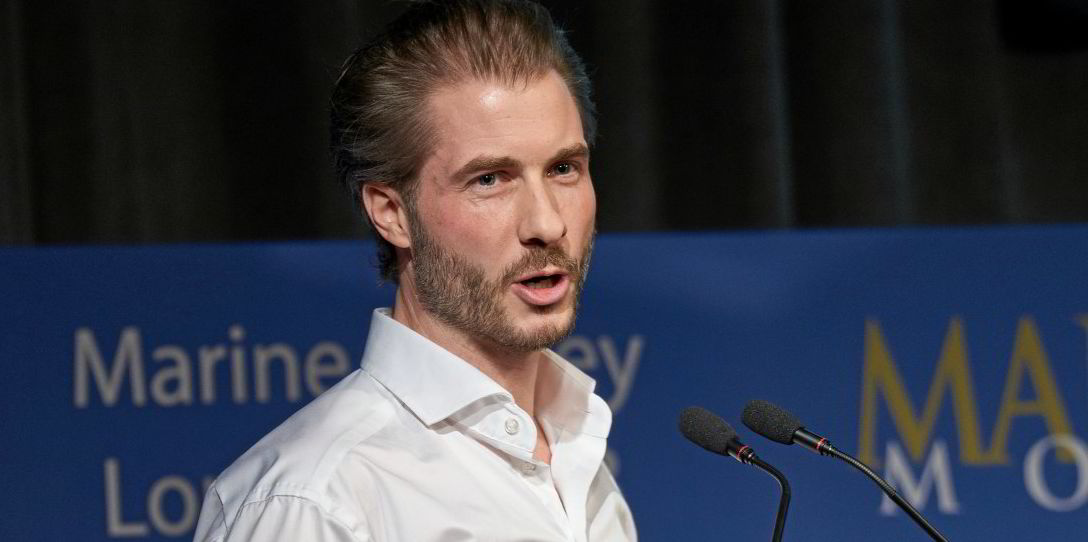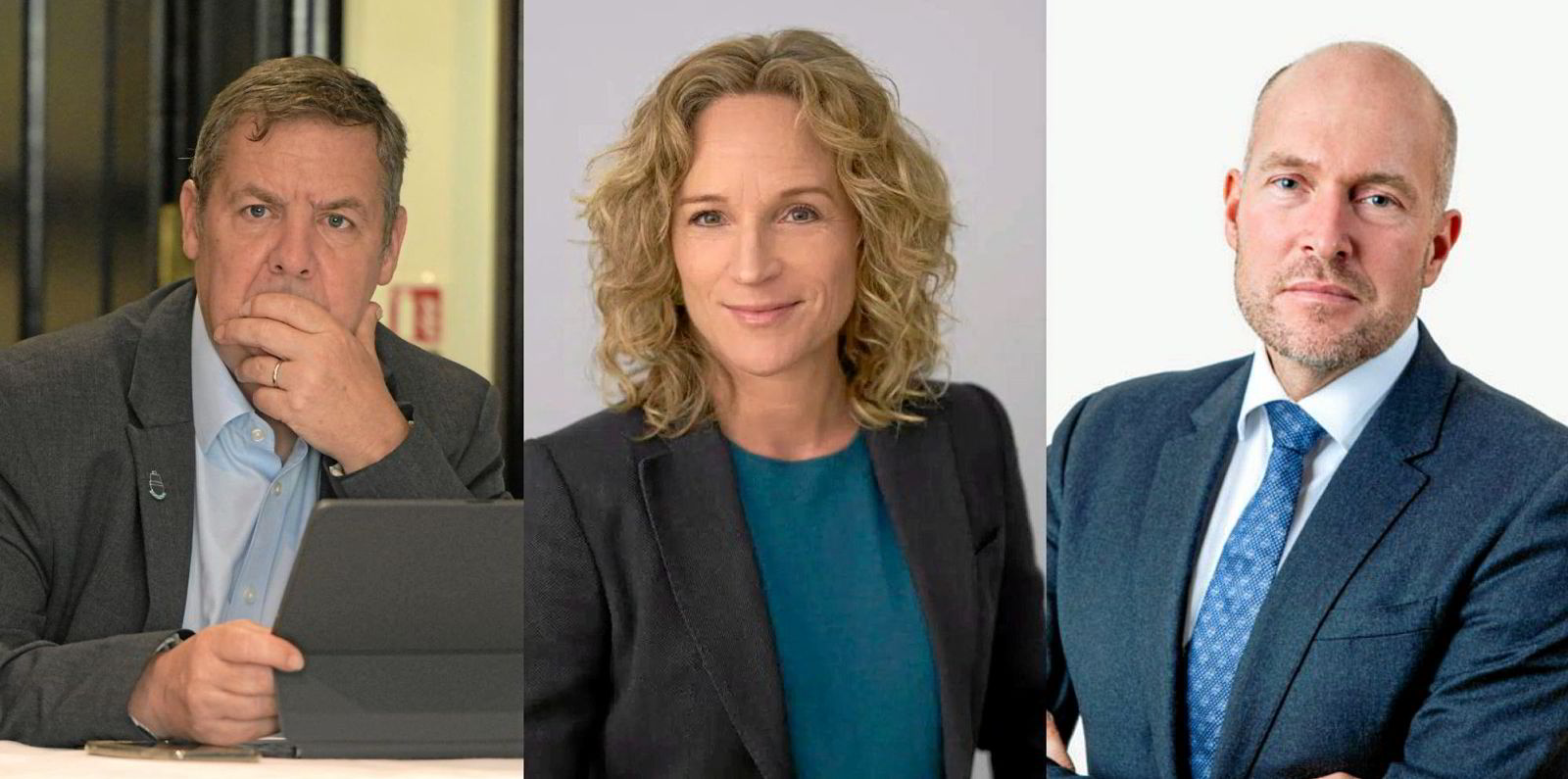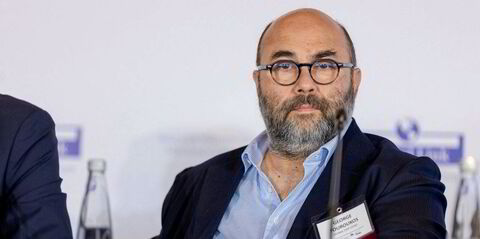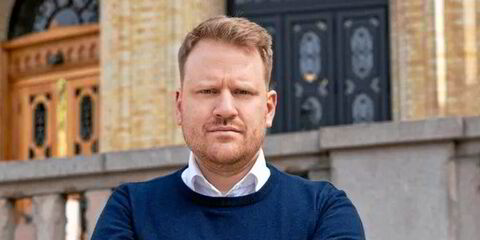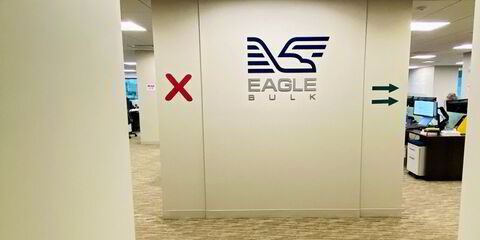Shipowners and charterers are increasingly looking to retrofit vessels on the move as the industry prepares to count the financial costs of failure to cut emissions, says the head of shipping green transition specialist Njord.
Managing director Frederik Pind told TradeWinds improvements such as the use of low-energy bulbs and employing ultrasound to clean propeller surfaces can be completed without waiting for the five-year dry-docking cycle.
He said shipowners have been spurred by the potential impact on revenues from the introduction of the Carbon Intensity Indicator (CII) and the European Union’s Emissions Trading System, which penalise the most inefficient vessels.
The revision of ratings by ship vetting powerhouse RightShip — which screens out operational energy-saving measures — has also spooked owners, according to Pind.
“Those three elements, which are either directly or indirectly linked to a pricing mechanism, are the things that are really going to move the industry in 2024,” he said.
“You see that commercial penalty suddenly. Can you wait two-and-a-half years until you’ve dry-docked the vessel, or are there actually things you can do now?
“Installations of technologies … you can deploy without having to dry-dock have picked up.”
More than half the work by Njord in 2023 on more than 40 ships, using 12 different technologies, was completed during vessel operations.
Pind said it will be clear in 2024 which ships fall into failing D or E ratings under CII measures and need to improve to remain trading.
“There was a lot of talk in 2023. And I think 2024 is going to be the year of action, where we really set off to do some of those upgrades.”
Shipowners have also warned that they face a perverse “CII dilemma” that would detrimentally affect a ship’s CII rating if it spends time out of service to fit energy-saving equipment.
“Hence, this acts as a perverse incentive for shipowners to not make the necessary capital investments to achieve improved energy efficiency,” said groups including the International Chamber of Shipping and Intertanko.
Although Pind said upgrades that do not require dry-docking are picking up, only one-third of vessels have made any efficiency improvements at all: “There’s still a huge gap between what should be done and what can be done at the moment.”
He said the Maersk Tankers spin-off currently assesses more than 40 technologies. It works with shipowners and charterers to determine which would work best for their vessels, arranges the installation and monitors the results.
Pind said that combining nine to 10 of the technologies can potentially lead to efficiency savings of more than 10%, with a return on investment averaging 18 months.
He said the rapid return on investment has led to a trend of more charterers seeking efficiency gains if they are taking vessels on five-year time charters and are in line to benefit from reductions in fuel use.
And he pointed to the increase in tonne-miles linked to the crisis in the Red Sea and falling levels in the Panama Canal that would benefit more efficient vessels.
Read more
- Houthi threat taking its toll on carbon intensity scores for tankers
- Chemfleet rolls out propulsion software on tankers after 10% fuel savings
- What is coming down the line for shipping in 2024?
- Clarksons hails ‘hugely significant’ year for shipping industry decarbonisation
- Red Sea danger fails to spook MOL amid car-carrier crunch
